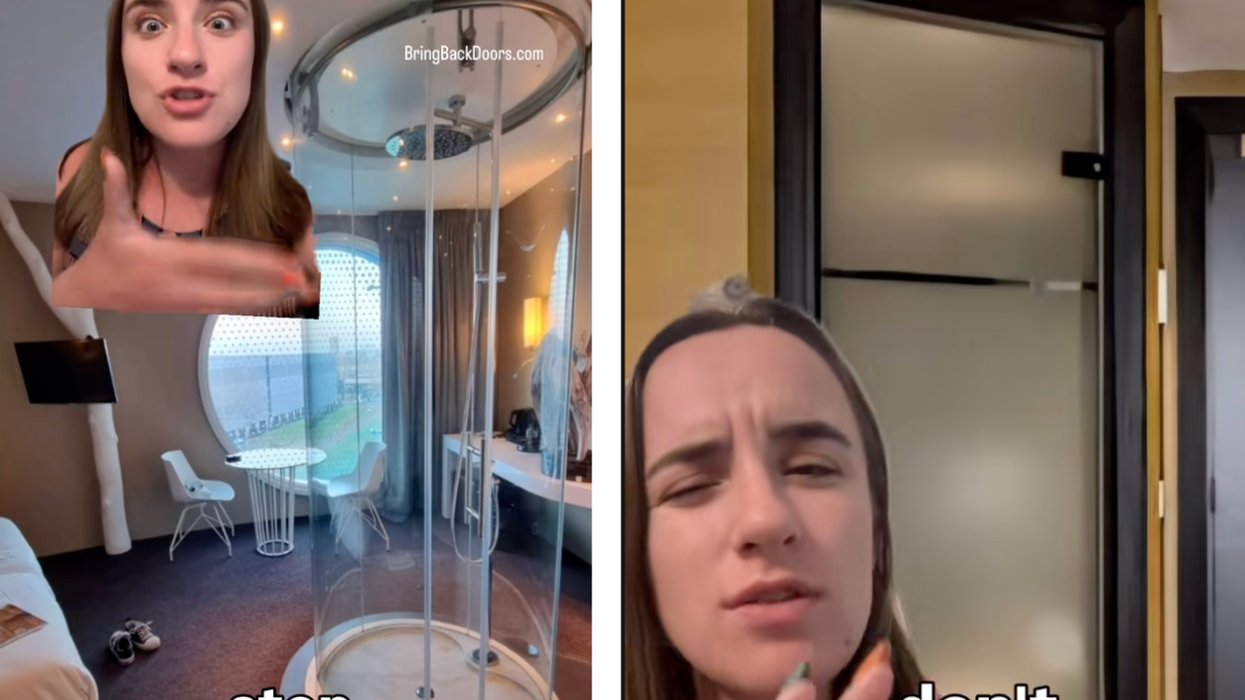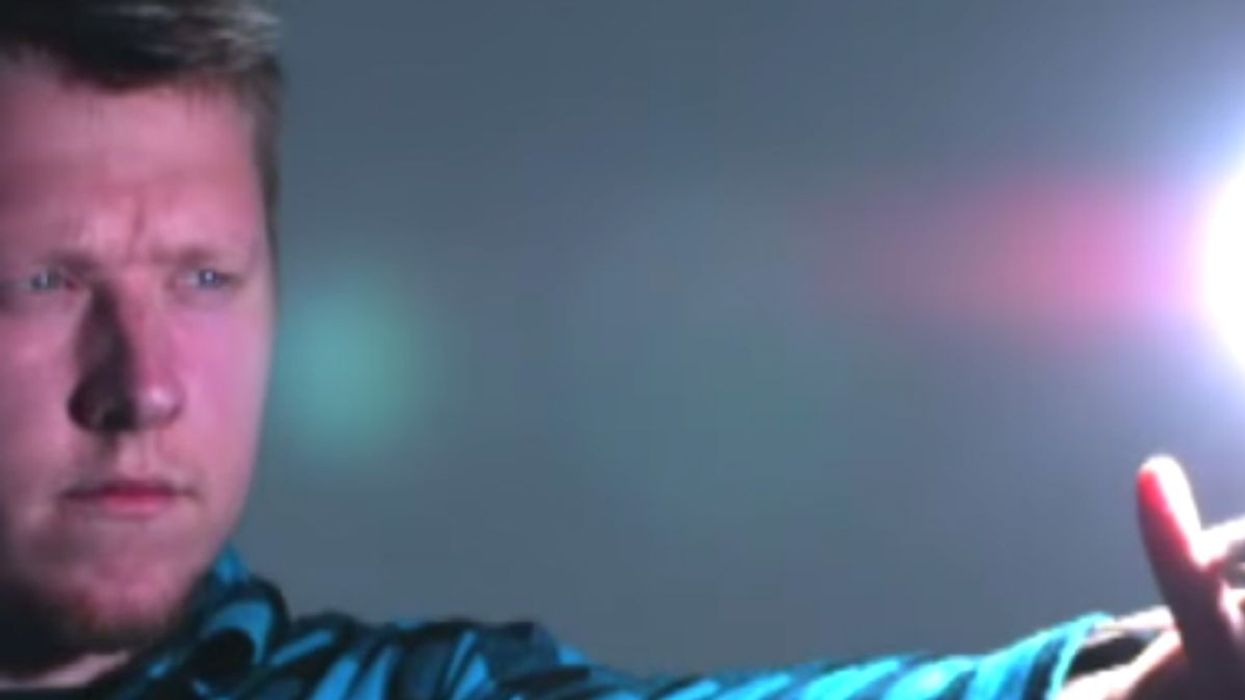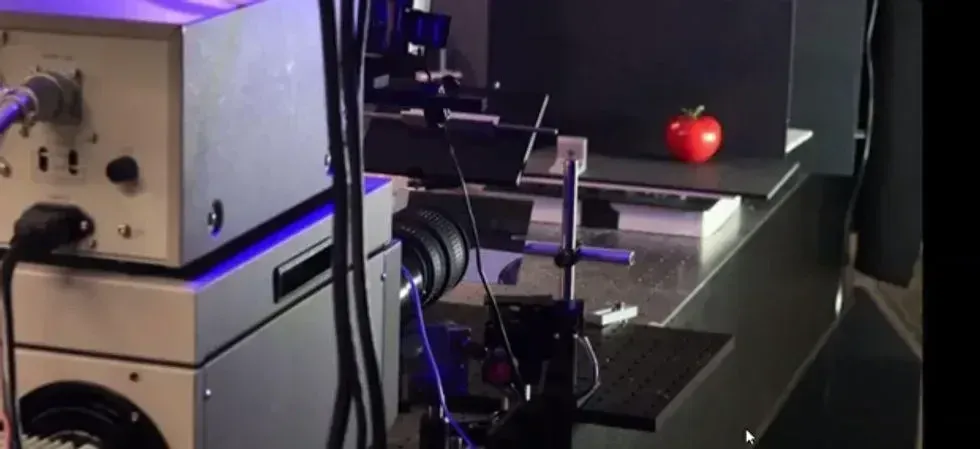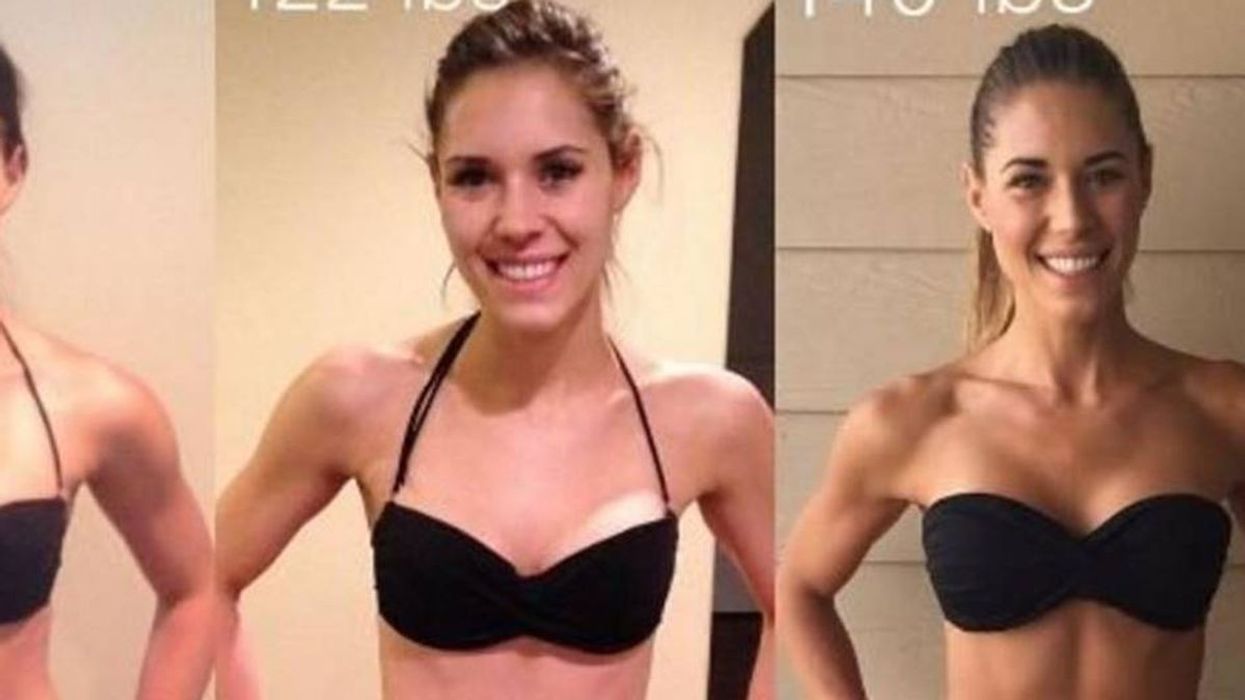In the quiet surroundings of Tokyo’s Ebisu district, a startling contrast to nearby Shibuya’s frenetic sensory overload, the studio Daito Manabe and Mikiko Mizuno share sits on the ground floor of a nondescript apartment block. Sandwiched between the elevated Yamanote train and the concrete-lined Shibuya River, you would be forgiven for missing it altogether. There is no sign or front door. When I arrive, a kindly neighbor points me to a discreet side entrance and into the creative laboratory the couple shares with Rhizomatiks, the renowned design firm Manabe helped create.
Once inside, I’m overwhelmed by the sheer vastness of the cavernous space and colossal collection of electronic equipment, including shelves of carefully lined-up drones. It’s like a playground. Manabe is a skilled programmer, designer, DJ, VJ, and composer; Mizuno is a choreographer and founder of dance company Elevenplay. This is where their creative projects come to life, blending art and technology in immersive, improbable configurations.
“I enjoy making what I haven’t seen before,” says Manabe. “That’s why I try to be creative.”
Manabe and Mizuno collaborate frequently, often crafting multisensory shows for Japanese electro-pop trio Perfume. They are interested in technology’s role in our lives, and how it can be applied to various art forms without feeling out of place. Last year, a joint venture between Elevenplay and Rhizomatiks, pairing drones and human dancers garnered international attention. Set against a stark, white stage lit from below, three identically dressed dancers lift their arms like orchestra conductors, commanding three white pyramid-topped drones into the air. The dancers lean and slide along the stage in unison, their machine counterparts following their every move. But then the drones break their harmonious alliance, the accompanying music, once calm, now breaking into a frenetic pace as the dancers scatter then huddle together on the stage, seemingly frightened of their former partners’ newfound independence. Eventually, the dancers vanish altogether, leaving the drones to finish out the performance of their own choreographed accord. It’s simultaneously sinister and beautifully riveting, a fascinating visual demonstration of the complexities of our tech-riddled world. Mizuno is humbled by all the enthusiastic responses to the duo’s creations.
“It’s great that when directing and using this kind of technology, that something like this can come from asking what shape the imagination can take, and that I’m in a position to convert this imagination into work that really impresses people,” she says.
Performances like the drone dance are not only indicative of their revolutionary minds—Manabe has been experimenting with drone technology for awhile. “Maybe two or three years before the current fascination with mobile surveillance,” he says.
Part of what the duo’s art addresses is technology’s ever-growing influence on daily life. For many, it’s a terrifying concept, but Manabe and Mizuno don’t think we have to fear technology. They believe it can be used to explore and create without eliminating human touch. Says Mizuno: “I think the human form, together with technology, may become more of a warm thing than a cold thing.”
















 TikTok · Bring Back Doors
TikTok · Bring Back Doors 



 Label for Middle Earth Organics' Organic Tomato & Porcini Mushroom Sauce
Label for Middle Earth Organics' Organic Tomato & Porcini Mushroom Sauce "Judith Beheading Holofernes" by Caravaggio (1599)
"Judith Beheading Holofernes" by Caravaggio (1599)